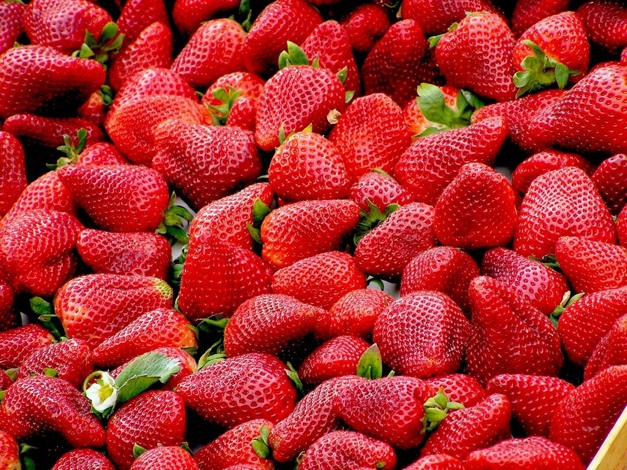The Strawberry Group of the Andalusian Institute for Agricultural, Fisheries, Food, and Organic Production Research, and Training (Ifapa) has published the varietal distribution estimate for Huelva's 2024/25 strawberry season, a document that informs the sector on the evolution of the varieties that are mainly planted each year.
This document presents an estimate of the varietal composition of plants put into production and the participation of the main strawberry breeding programs with a significant presence in Huelva.
According to the data obtained by Ifapa researchers and technicians, the Marisma and Red Sayra varieties are the most cultivated strawberries this season, together accounting for 24.6% of the total. Fortuna and Rociera, which in the 2018/19 season accounted for 75.4% of the varieties grown and were the main varieties until now, have progressively lost ground in recent years.
The Marisma variety stands out as the most cultivated, reinforcing the upward trend it's experienced in the few seasons it's been in production. Specifically, it has gone from 1.7% in the 21/22 season, to 4.5% in the 22/23 season, to 10.7% in the previous season, and 12.5% in the current season.
Meanwhile, the Red Sayra variety has experienced significant growth, just as it did in the previous season. It went from 8.1% in the 23/24 season to an estimated 12.1% of the plants grown this season, making it the second most important variety in Huelva.
The document also analyzes the genetic improvement programs and highlights that Fresas Nuevos Materials SA accounts for 22.7% of the varieties grown in Huelva, in line with the stability that has characterized it since the end of the last decade. Plant Sciences' program follows with an 18.5% share, almost 2% more than in the previous season.

Choosing a variety to plant each season is a key aspect when growing strawberries. The number of breeding companies interested in developing varieties adapted to Huelva continues to grow and with it the number of varieties registered or in the process of being registered. This increases the wide range of existing varieties, allowing companies in the sector to design a production calendar in line with commercial needs.
Ifapa staff stressed that, even though a significant number of plants had been lost in post-planting last year, this year's losses were not so high.
At the beginning of the season, there was a lack of commercially available plants in the nursery area, probably due to an overuse of soil disinfectants, which made it difficult to obtain enough healthy plants.
For more information:
Junta de Andalucía
Ifapa
www.juntadeandalucia.es
